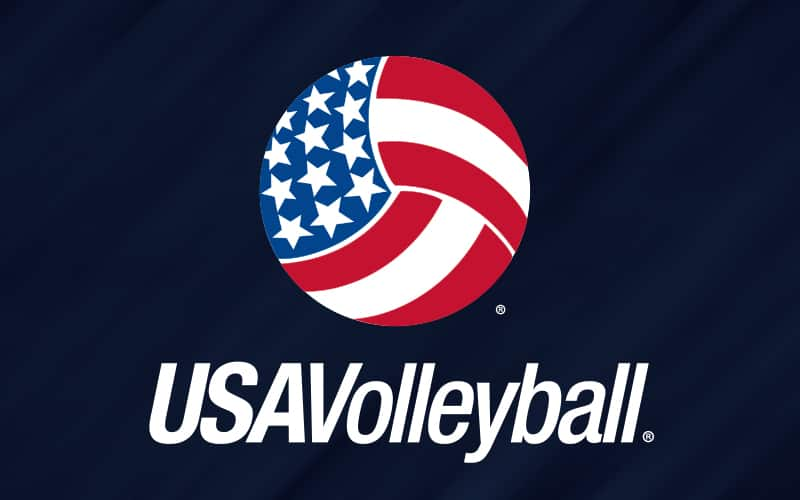
As a coach or parent, you probably know that hydrated athletes generally perform and feel better than dehydrated ones.
But do you know just how important hydration for youth athletes really is? And do you know exactly when a lack of fluids begins to negatively impact how they play and perform?
When A Lack Of Fluids Affects Athletic Performance
Research shows that when an athlete loses more than 2 percent of their body weight, their athletic performance drastically decreases.
You obviously won’t be able to weigh your athletes in the middle of games to be able to determine this, so it’s important to be able to recognize the symptoms of dehydration, which include:
- Dizziness and headaches
- Poor attention and decision making
- Fatigue earlier than usual
- Muscle cramps
- Vomiting and difficulty drinking liquids
All of these are signs that an athlete’s cardiovascular system is working harder than it has to, a problem that could be solved simply by upping their fluid intake.
Knowing these symptoms of dehydration is half the challenge. The other is setting hydration goals that will delay fatigue, optimize your athletes’ ability to regulate their body heat, satisfy thirst, and improve their ability to recover from training.
An individual hydration plan for each athlete might sound like overkill, but at the very least it’s important to be conscious of different athletes’ needs for fluids and to provide water breaks at the rate of your most dehydration-prone athlete.
Hydrating Youth Athletes for Healthy Performance
You can help your athletes set and accomplish these kinds of hydration goals by keeping the following three ideas in mind:
When and How Much to Drink
General guidelines suggest drinking 3-5 ounces of water for every 15-20 minutes of activity (one gulp is about an ounce). However, it’s always smart to have your athletes experiment during training to determine the amount of water that feels comfortable and allows them to perform their best. For all-day events, hydration can be better optimized by eating snacks and meals that contain some sodium. Afterwards, about 16-24 ounces of water should be drank for each pound lost during exercise. To make this easier, get your athletes water bottles that have ounce markings indicated on the side and encourage them to drink the appropriate amount.
Encourage Your Athletes to Hydrate Long Before Practice or Competition
This is probably the most gifted piece of advice related to hydration, but no-less important. Being properly hydrated for a game or practice begins in the hours and even days before the opening whistle.
In addition to just carrying a water bottle around with them, encourage your athletes to drink water with their meals, as many foods tend to dehydrate more than hydrate. Foods and beverages like soups, smoothies, fruits, and vegetables are also a great way to help get fluids into the body.
Know Your Urine
Teach your athletes to monitor and recognize their urine color prior to exercising. A properly-hydrated body produces a plentiful amount of urine that is light yellow or even clear, while a dehydrated one produces a darker color of urine that is possibly lower in volume.
An easy way to teach athletes this is to tell them that their urine should look like “light lemonade,” and that anything darker should be ‘treated’ by drinking more water.
The importance of properly hydrating youth athletes, especially in hot weather, can’t be stressed enough. While athletes know that water is important to drink, it’s up to their parents and coaches to make them understand why it’s important: that it will have them feeling, performing, and recovering their best.
TrueSport® is a grassroots movement born and powered by the experience and values of USADA–the U.S. Anti-Doping Agency. The TrueSport® mission is simple and bold: to change the culture of youth sport by providing powerful educational tools to equip young athletes with the resources to build the life skills and core values for lasting success on and off the field.
